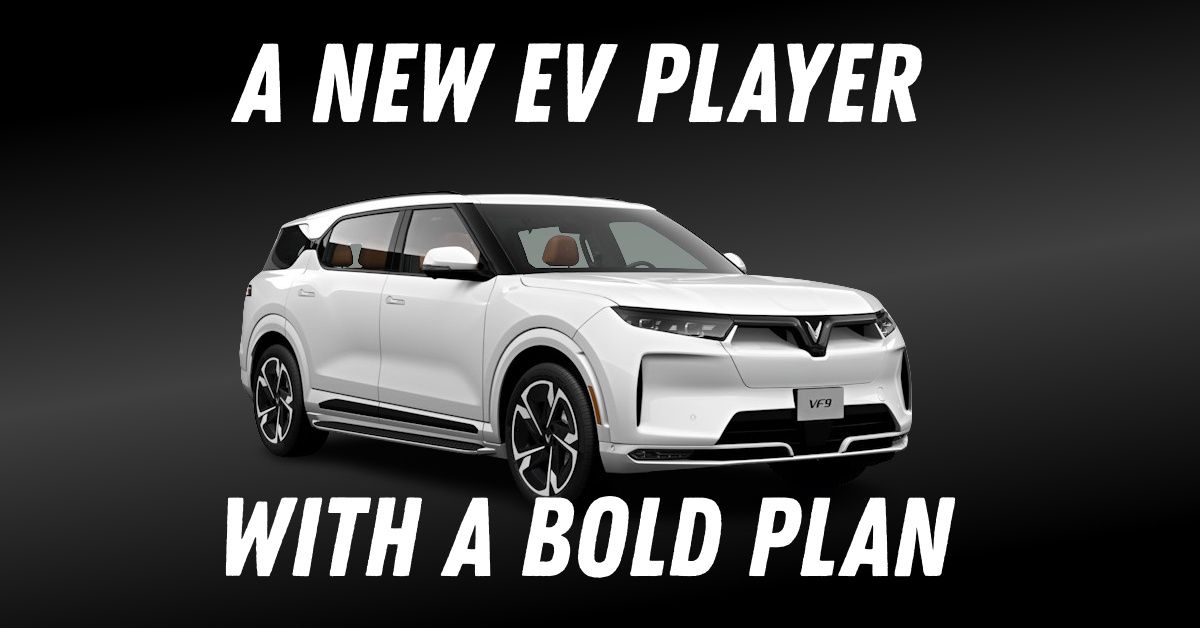Vinfast: The Vietnamese Dark Horse That Could Disrupt the Indian EV Market


Vietnamese EV maker VinFast is no longer a regional curiosity. With a $2 billion greenfield plant nearing completion in Tamil Nadu and deliveries surging globally, the company is positioning itself as a serious contender in India’s fast-evolving electric vehicle space. But while the ambition is clear, success will depend on VinFast’s ability to localise, scale, and compete in one of the world’s most demanding automotive markets.
VinFast’s upcoming facility in Thoothukudi, Tamil Nadu, spans 400 acres and is expected to roll out up to 150,000 vehicles annually once fully operational. The site is being developed at breakneck pace, reportedly six months ahead of schedule, and is likely to begin production by mid-2025. Tamil Nadu’s proximity to port infrastructure, a long-standing auto ecosystem, and EV-friendly state policies have made it a magnet for electric mobility investments. For VinFast, the location offers a strategic base for both domestic sales and exports to Southeast Asia, the Middle East, and Africa.
The company is not just building a factory. It is attempting to establish an operating base in India with the kind of manufacturing scale and speed that few new entrants have managed in recent years. Most global players entering India take a cautious, phase-wise approach. VinFast appears to be betting on first-mover advantage in the EV-only segment.
VinFast's first wave in India will feature the VF6 and VF7, mid-sized electric SUVs that blend urban utility with a premium feel. These vehicles come equipped with contemporary design, tech-led cabins, and advanced driver assistance systems. Both models were showcased at the Bharat Mobility Global Expo 2025 and are expected to compete in the ₹20 to ₹30 lakh bracket against models like the
However, the more critical launch could be the VF3. Slated to follow the initial two models, the VF3 is a compact electric city car targeting urban commuters. Its dimensions and intended pricing pit it squarely against the Tata Tiago EV and MG Comet. The VF3 is built for practicality, with a robust build, small footprint, and easy maneuverability. If priced below ₹10 lakh and backed with enough localisation, it could become VinFast’s volume driver.
VinFast ended 2024 on a high note. The company delivered 97,399 electric vehicles globally, exceeding its revised target of 80,000 units. This marked a 192 percent year-on-year increase. The fourth quarter alone saw 53,139 units delivered, a 143 percent jump from the previous quarter and a 342 percent rise over the same period in 2023. A majority of these sales came from its home market and parts of Southeast Asia, where compact EVs like the VF5 and VF3 have found strong traction.
But not all has gone smoothly. The brand’s foray into the US was marred by criticism over quality, delivery delays, and customer service issues. Its listing on the Nasdaq saw wild stock swings, underscoring market scepticism. Like many young EV makers, VinFast is burning through capital and remains unprofitable. That said, it has something few others do: deep-pocketed backing from Vingroup, Vietnam’s largest private conglomerate. This allows it to invest aggressively while absorbing early losses.
India is not an easy market to crack. Brand loyalty is strong, price sensitivity is high, and expectations from service networks are unforgiving. VinFast will need to invest significantly in after-sales support, parts availability, and showroom presence. While its manufacturing-first approach gives it cost advantages, the company will still have to convince Indian buyers of its long-term commitment and reliability.
The competitive landscape is evolving fast. Tata Motors commands more than 70 percent of the electric passenger car market. MG has carved out a respectable niche, while Mahindra is expanding its EV footprint through the XUV400 and upcoming BE and XUV.e platforms. Hyundai and Maruti Suzuki are also stepping up EV efforts, while newcomers like BYD and Tesla are circling with caution. Where VinFast could differentiate is in its singular focus on electric vehicles. It is not trying to juggle ICE, hybrid, and electric platforms like most incumbents. That allows it to direct its R&D, marketing, and product development toward building an integrated EV ecosystem, including battery technology, software updates, and charging infrastructure. Early signs suggest the company is exploring partnerships to deploy charging stations alongside its retail footprint.
VinFast’s India entry is bold and, in many ways, unconventional. Instead of dipping its toes into the market, it is diving in headfirst with a large-scale plant, multiple product lines, and a localisation plan. The speed at which it is moving is impressive, but speed without adaptability can be risky.
For the Vietnamese challenger to succeed, it must combine its global learnings with a deep understanding of Indian consumer behaviour. That means pricing with precision, offering robust warranty and service packages, and ensuring that its tech-forward features are usable in India’s traffic and telecom conditions. The VF3, in particular, has the potential to disrupt the entry-level EV space if it delivers on price, practicality, and performance.
VinFast has all the ingredients to be a serious player: funding, ambition, global presence, and a focused product roadmap. But the Indian EV market is still in flux, and buyers remain cautious. If VinFast gets its product, pricing, and service mix right, it could do what no Southeast Asian brand has done before in India: become a household automotive name.